Why green drenching is the garden trend of the summer – and exactly how to nail this textured, tonal look
Are you ready to fall in love with green-on-green planting? Here’s what you need to know about this bold new trend
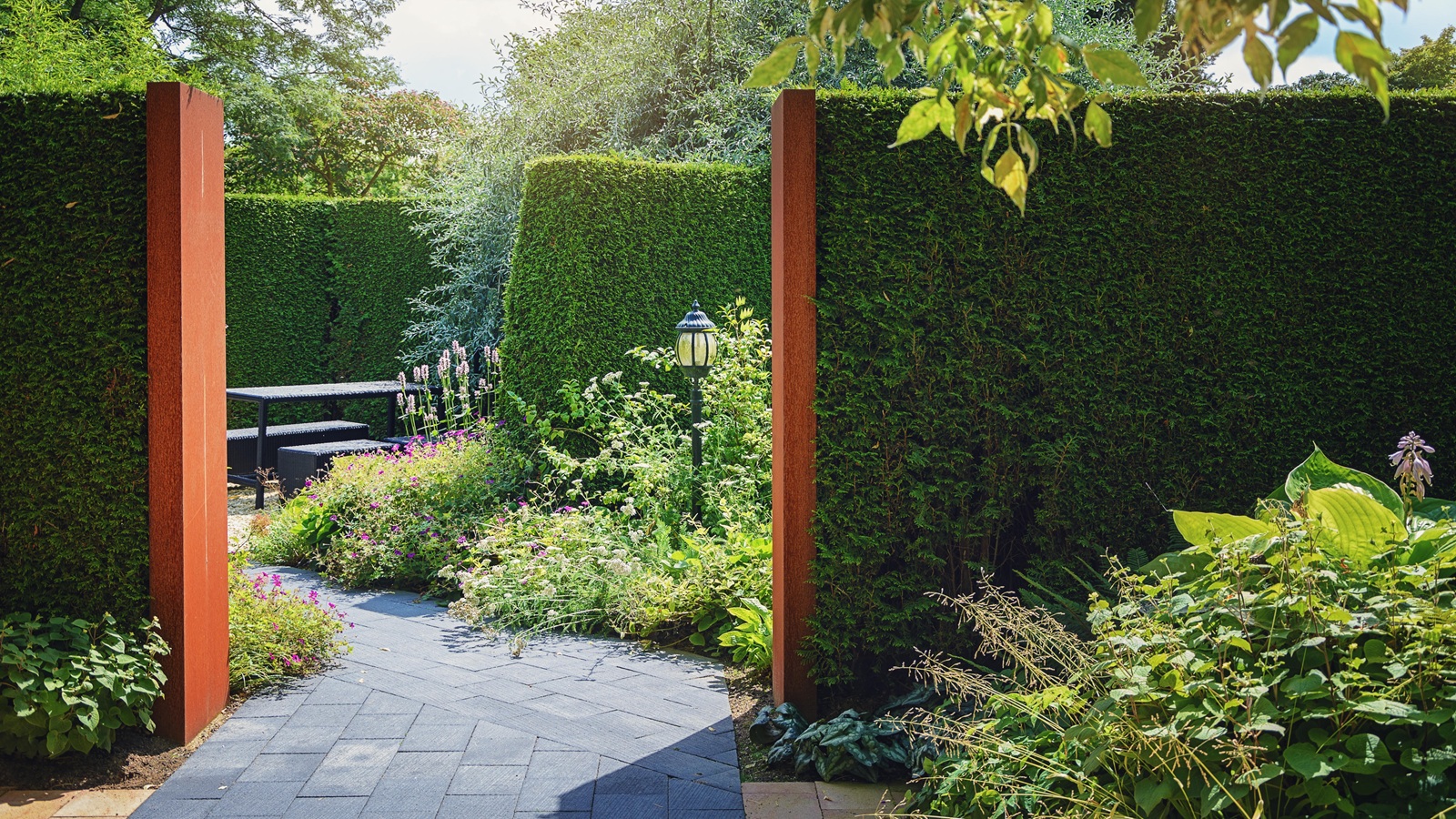

Green drenching is top of our list of backyard ideas at the moment, and for good reason; the garden world’s latest love affair with bold, unified planting truly makes for a spectacular outdoor space.
This trend does exactly what it says on the tin, drenching gardens with layers of green; think lush ferns, mosses, textural ornamental grasses, swaying palms, and glossy-leaved evergreen shrubs.
The combined effect? An immersive, tonal landscape – one which hums with all the serenity of a minimalist garden, too.
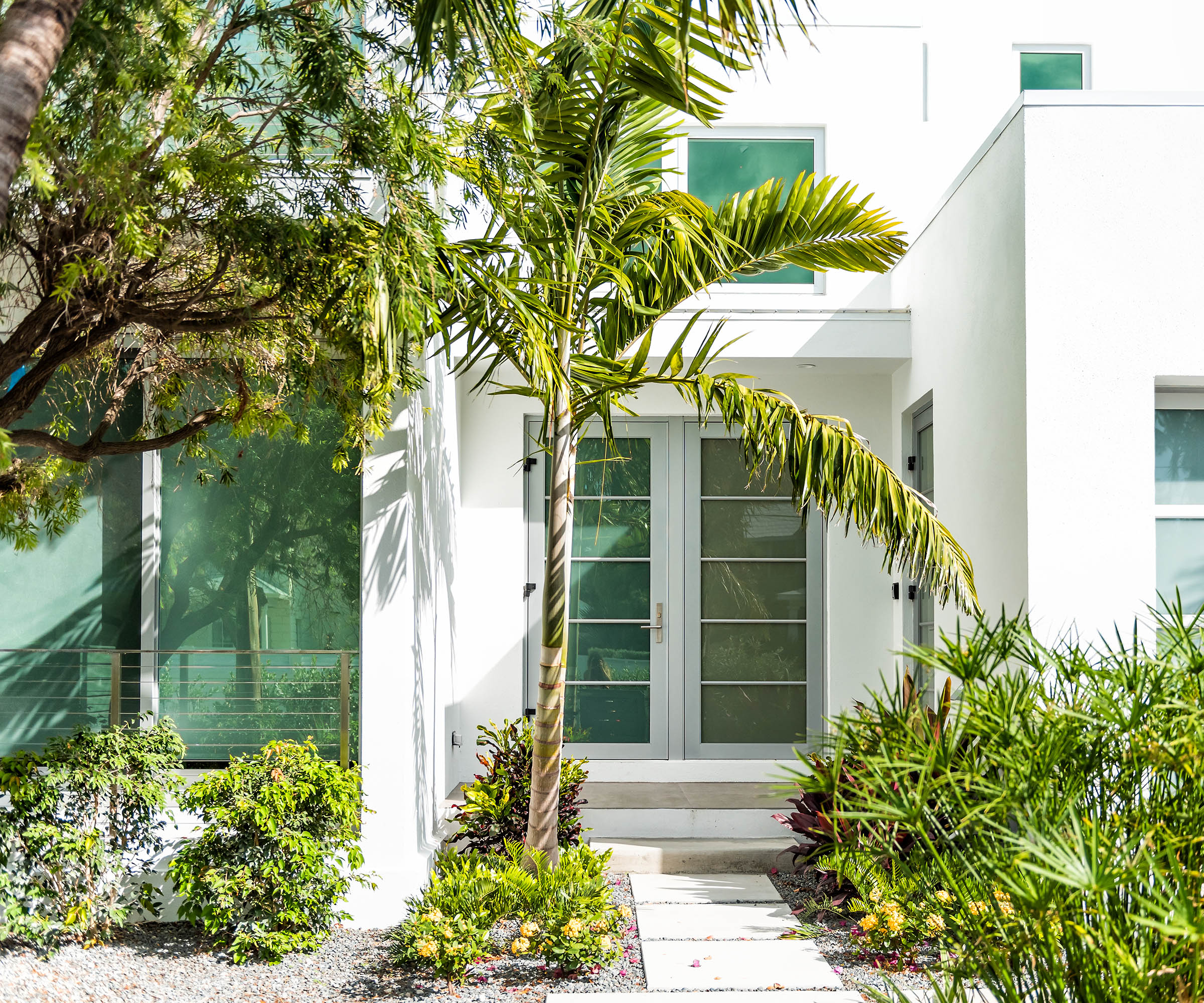
While you might think that a monochromatic garden color scheme spells boredom, nothing could be further from the truth. If anything, green drenching is the best way to showcase all of the versatility and drama of our favourite foliage.
And so, with that in mind...
What is green drenching?
Green drenching might be having a moment right now, but it is (pardon the pun) rooted in something far older.
'It draws inspiration from the Japanese practice of Shinrin-yoku, or forest bathing. Instead of focusing on color, you cover the entire landscape with foliage, with plants such as ferns, vines, evergreens, and groundcovers. to create a calming environment,' explains Katie Dubow, Garden Trend Spotter and President of Garden Media Group.
Design expertise in your inbox – from inspiring decorating ideas and beautiful celebrity homes to practical gardening advice and shopping round-ups.
'By covering the space in green tones and textures, it relaxes the mind, helps you unplug, and connects you with nature. This approach also supports sustainability by promoting the use of native, drought-tolerant plants that require less maintenance and water.'
So, how best to make your green drenching dreams a reality? Here are five easy ways to incorporate the trend into your own backyard.

Katie Dubow is the President of Garden Media Group, a leading public relations firm in the home and garden industry, and the driving force behind the annual Garden Trends Report. A seasoned communicator, she travels the globe to research and present emerging garden trends, sharing her expertise with audiences worldwide. Katie is also a frequent guest on QVC, bringing her passion for gardening and her deep industry knowledge to a broad audience. She lives in West Chester, PA, where she cultivates her own garden alongside her family.
1. Create a living fence
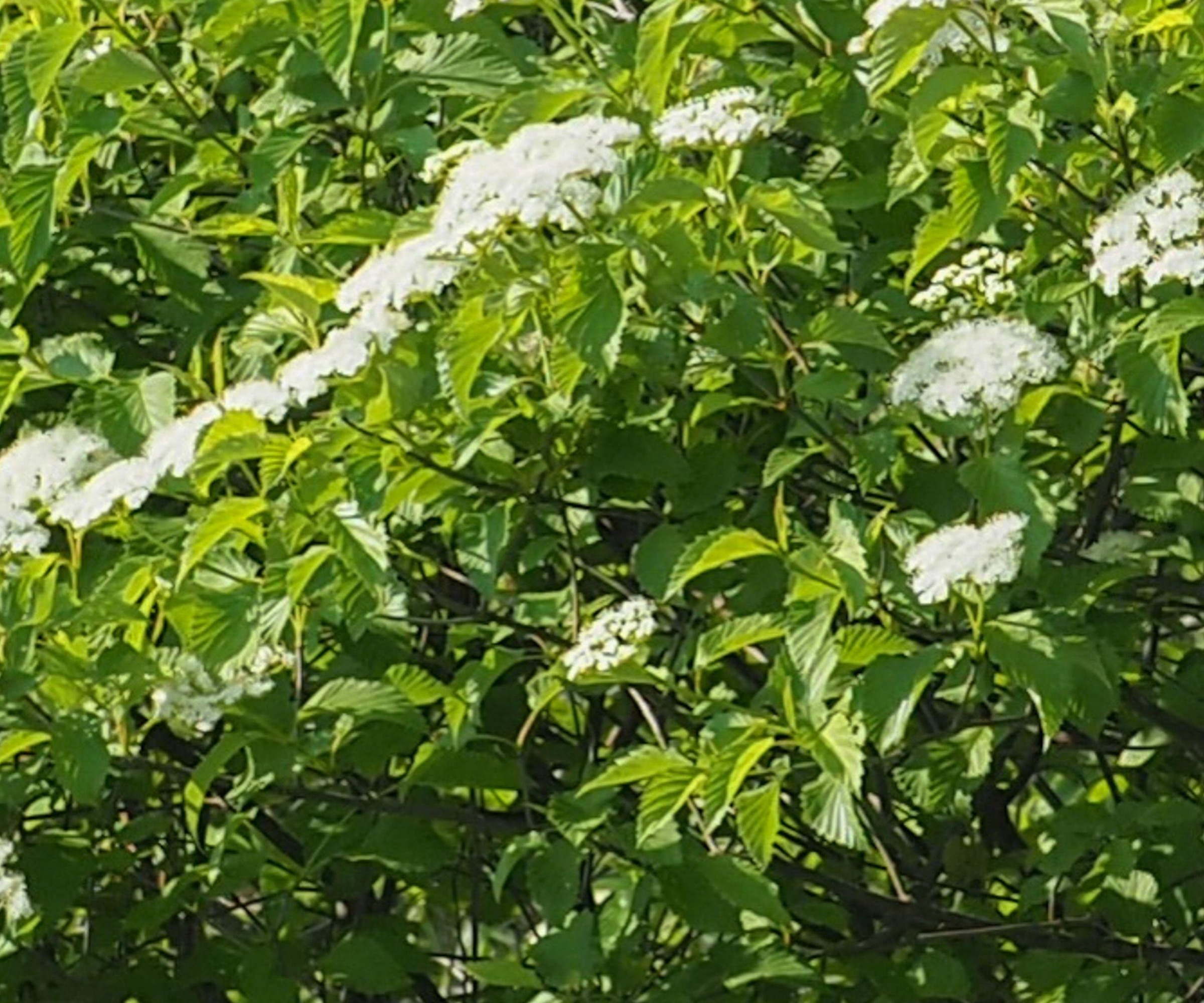
The easiest way to try green drenching is, of course, to create a vertical garden or living fence.
'Living fences use plants to form a natural, green privacy screen. Try evergreen shrubs like 'Dragon Prince' Japanese cedar, Better Boxwood® Skylight™, Thuja ‘Green Giant’ Arborvitae from Jackson & Perkins or 'Emerald Colonnade' holly,' advises Katie.
Ellen Mary Webster, author and professional gardener, agrees wholeheartedly with this advice. 'Use vertical spaces as well so you have greenery all around you, not just at knee level. Create green walls, use trellis and hanging baskets and make the most of every space possible,' she adds.
Happily, you can easily pick up a Better Boxwood Skylight Live Shrub at Walmart or a Southern Living Dragon Prince Cryptomeria Live Shrub in 2-Gallon Grower Pot from Walmart. And it has hanging baskets aplenty, too.

Ellen Mary is an experienced horticulturist, author and wellness advocate, and has appeared on TV in the USA and the UK. She has also spoken at shows around the world for many years, including BBC Gardeners World Live and RHS Hampton Court to name a few, and as a copywriter has articles published in many magazines, including Amateur Gardening Magazine and Grow Your Own.
2. Train a vine
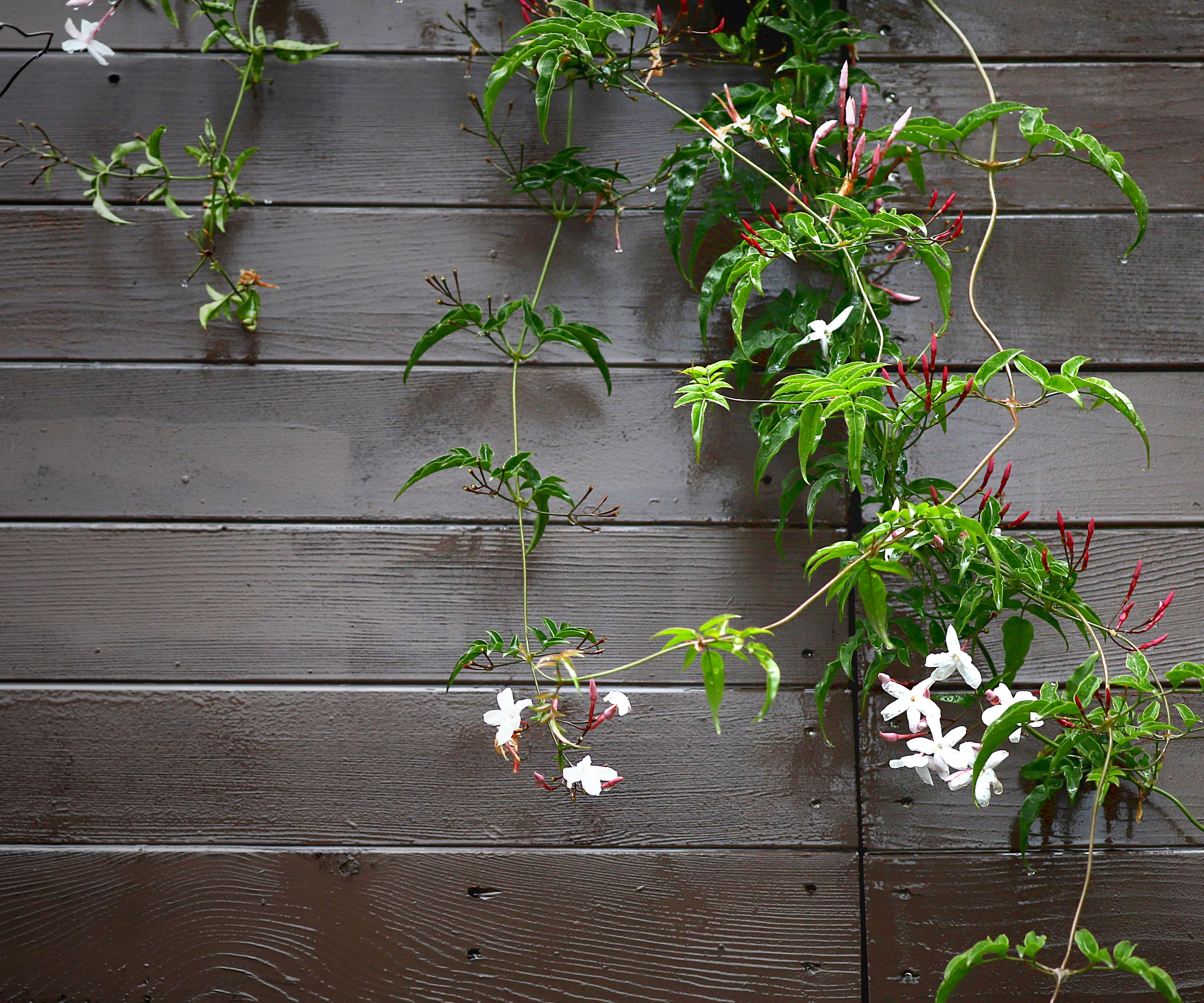
If you already know how to grow and care for star jasmine, you're well on your way to green drenching like a pro.
'Take care to grow evergreen climbing plants such as star jasmine or evergreen clematis on trellises or arbors to add vertical greenery and a touch of fragrance,' says Katie, noting that the former is generally hardy in USDA zones 7-10.
You can buy star jasmine in bulk at Walmart, if you want to get started on a budget.
3. Layer native plants in pots
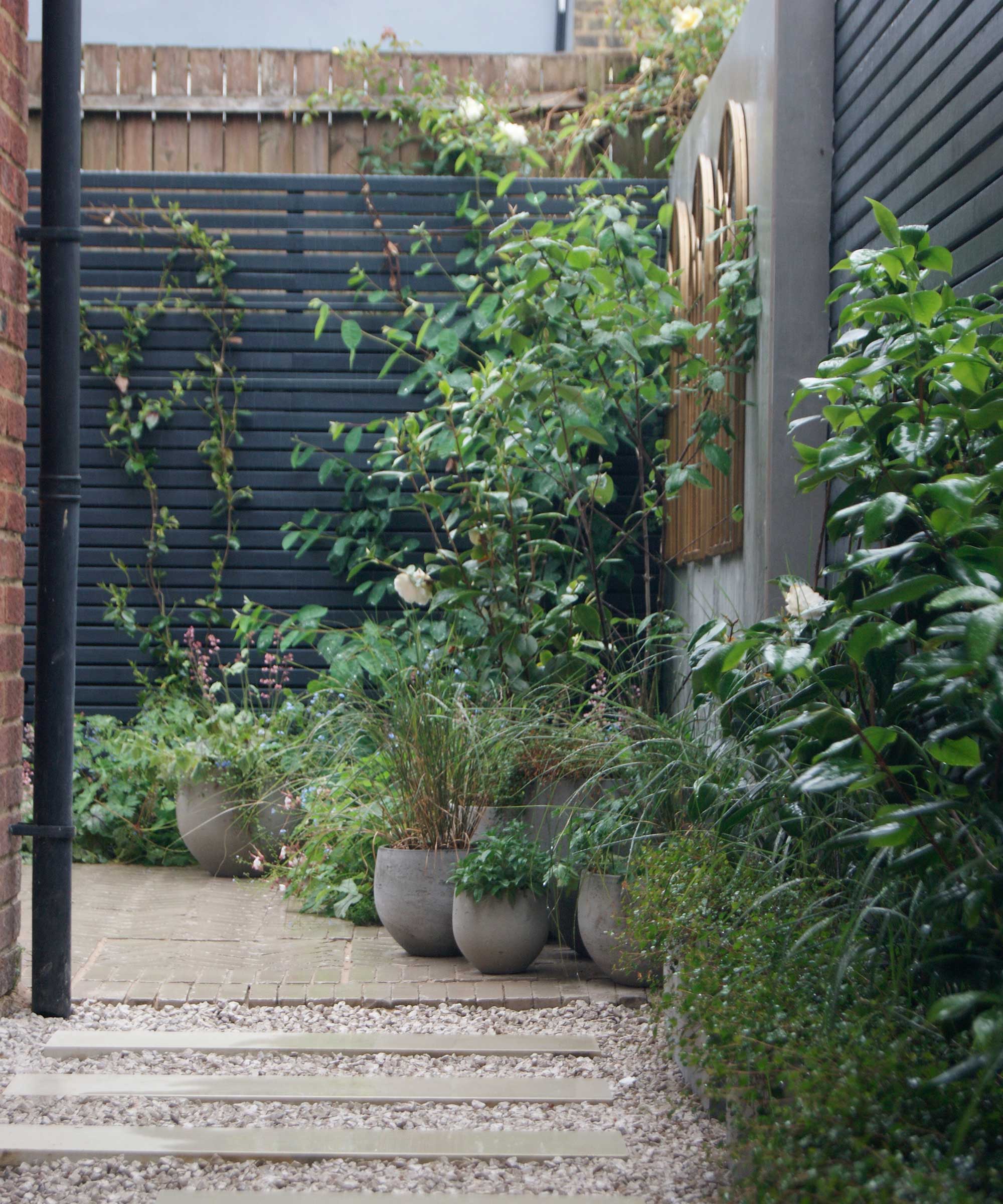
You don't have to be designing a garden from scratch to enjoy the green drenching trend; you can simply weave in some beautiful container garden ideas to make a splash.
'Use containers to create a lush, green effect even in small spaces. Choose native plants for your region using the NWF Native Plant Finder,' says Katie. 'These will thrive for your climate in pots and support local biodiversity while giving your patio or balcony a soft, but living feel.'
If you really want to ramp up the green points, try using something like these large glazed planters from Amazon.
4. Let things be their natural best
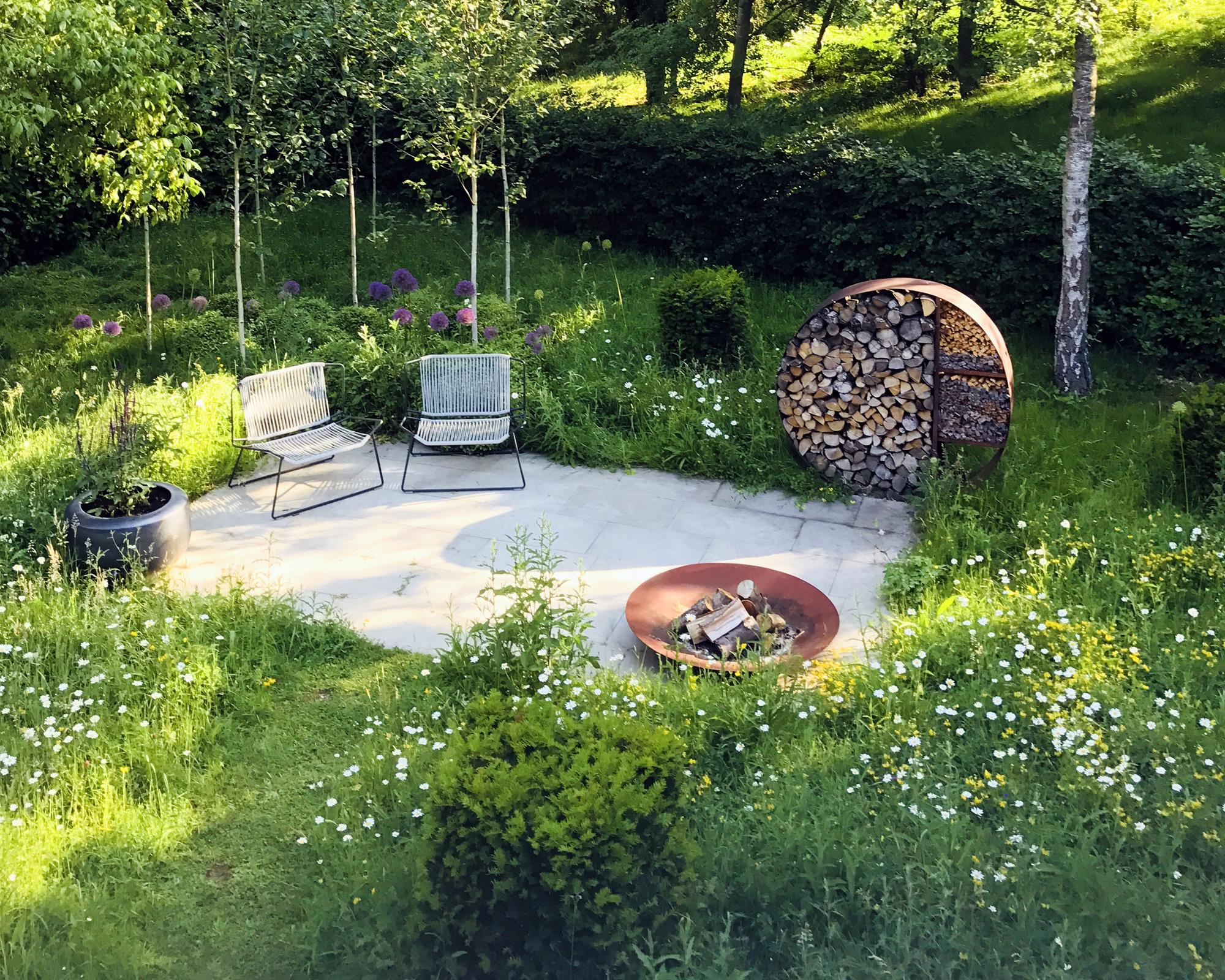
Lazy gardeners, rejoice, because fussy, high-maintenance species have no place in the world of green drenching.
'This trend is all about creating green, wild spaces, allowing wildflowers to grow, long grass and lots of green foliage full of various green tones, textures and shapes,' says Ellen Mary.
'Green drenching is not a formal style, so allow the garden to grow organically without creating sharp edges, lines and topiary. Allow the plants to combine naturally with minimal management as needed.'
Katie agrees, noting that you should aim for 'a garden area with layered plantings, combining groundcovers, mid-height shrubs, and taller trees, to envelop yourself in greenery and establish a peaceful retreat'.
5. Make it habitat-friendly
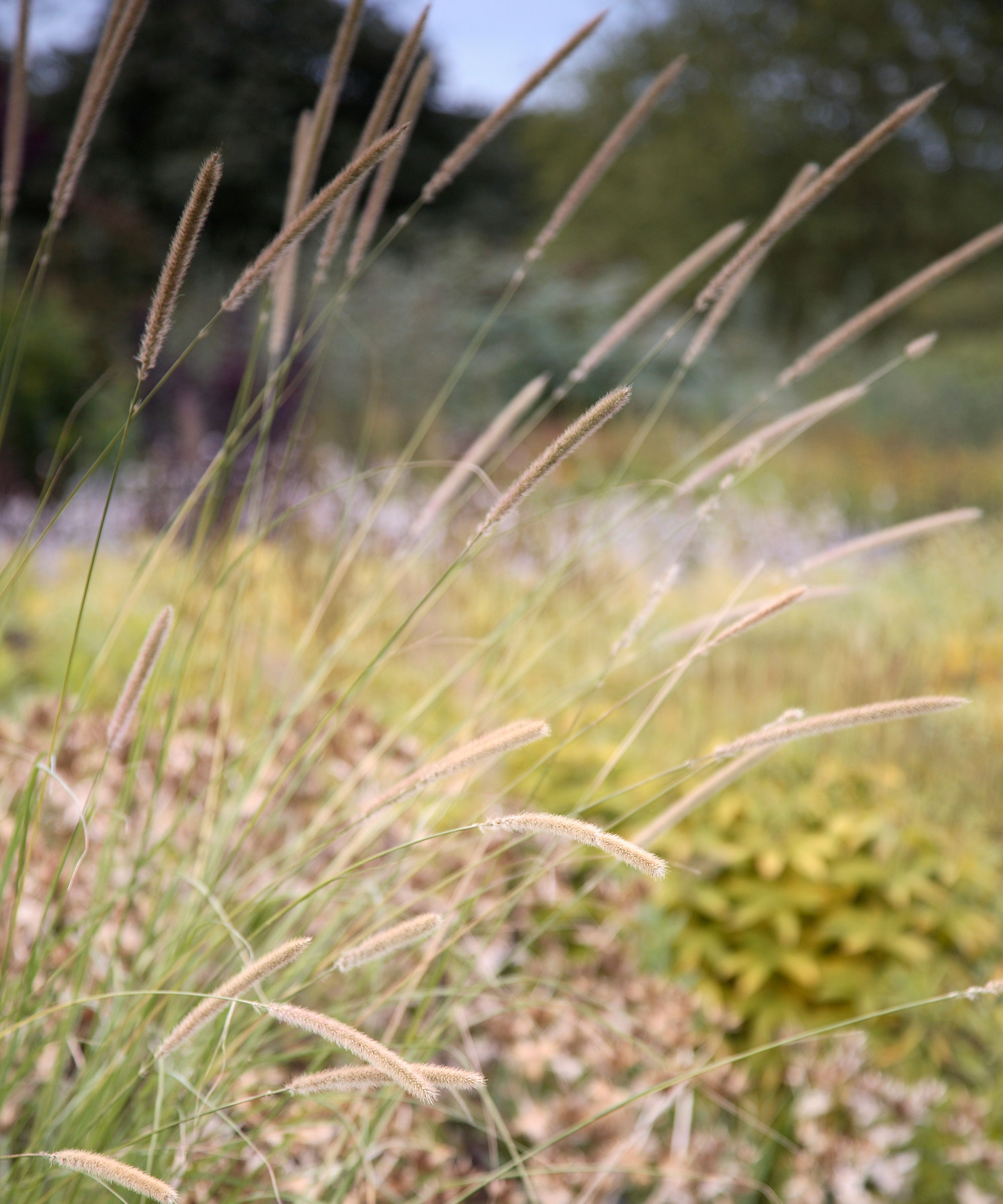
You might think that green drenching isn't great for local critters, particularly as it focuses on foliage over flowers that attract bees or butterflies. Still, a monochromatic colour scheme can be incorporated into a wildlife garden if you're intentional about it.
'A green-drenched garden can quietly support pollinators and birds if you plant layered evergreens and native species, and all without the maintenance of a flower-heavy garden,' says Shireen Zia, an award-winning designer and principal of EcoGardens Landscape Design.
'For example, try planting grasses that provide shelter for birds in the winters, such as Dianthus 'Green Ball', which is generally hardy in USDA zones 3-9.'
You could also try Ammi green from Walmart if you want a lacy flowering annual that drops tons of seeds. It's generally hardy in USDA Plant Hardiness zones 2 through 11, too, so ideal for most gardens.

Shireen Zia is an award-winning landscape designer and principal of EcoGardens Landscape Design. Known for her modern, ecologically grounded approach, Shireen creates gardens that celebrate sustainability, seasonal beauty, and a deep connection to place. Her work blends minimalist structure with Mediterranean softness, inviting both people and pollinators to thrive.
FAQs
Why is the green drenching trend so popular?
Green drenching doesn't just make for a beautiful space; all of that calming colour and green foliage, flowers and grass is guaranteed to act as a soothing balm after a long day.
'Being surrounded by nature is good for mental health wellbeing, reducing stress and boosting your mood,' says gardening author and expert Ellen Mary Webster. 'We also know that more plants mean a better environment for everyone. Not just clean air, but shade, less pollution and noise plus great for wildlife, so more greenery is a great benefit to everyone and that’s much more understood now.'
She adds that, as an added boon, 'more plants doesn’t necessarily mean more work'.
'Densely planted gardens can help to minimise weeds, retain moisture in the soil and even create a mini ecosystem all to itself,' she says.
Can green drenching work indoors?
You can bring green drenching into your home as well as your garden. All you need to do, says Garden Media Group's Katie Dubow, is 'transform an indoor wall by suspending hanging plants at varying heights to add depth and lushness to small spaces.'
Now you know how to get green drenching in earnest, you can set to work using it to steer your garden's aesthetic – whether that means planting the best trees for screening and privacy, native grasses, or evergreen climbers, whichever best suits your own tastes.
One thing's for sure; your neighbors will be (ahem) green with envy when they catch sight of your serene outdoor space.

Kayleigh Dray is an experienced writer and editor within the world of digital journalism. She writes for Homes & Gardens on a range of gardening topics, from chicken keeping to landscape design. She is currently giving her own backyard a woodland-inspired makeover – and there have been whispers of a vegetable plot, too.
You must confirm your public display name before commenting
Please logout and then login again, you will then be prompted to enter your display name.